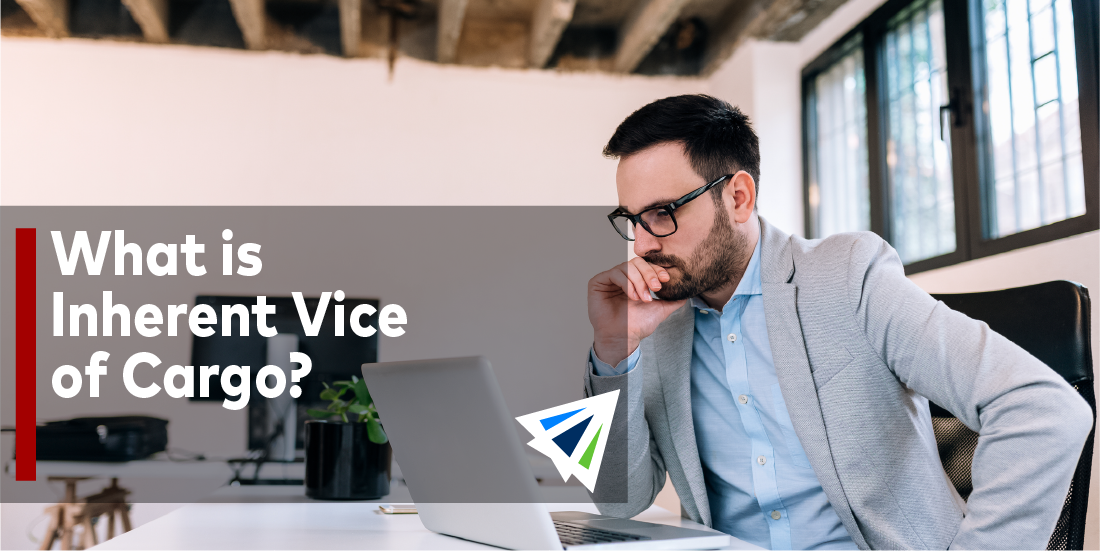Bad news with anything related to international cargo is always a huge bummer. Generally speaking, if something goes badly, it’s not cheap. There’s so many moving parts and a lot at stake with any international shipping transaction, so making sure you understand what can go wrong, why it can go wrong, and how to deal with it is paramount for streamlining your shipping process and protecting your company’s bottom line.
When it comes to cargo, there are unfortunately several reasons that a shipment may be damaged while in transit. One of these ways is “Inherent Vice”.
What is Inherent Vice of Cargo?
Before we elaborate on inherent vice, what it is, and how it affects you, it’s important to just talk about what happens when cargo is damaged. Did you know that your cargo is actually only insured for up to $500 per container? Many international shippers think that their cargo is “insured” and safe, however, if your cargo is damaged or a container goes overboard, COGSA law specifies that the carrier will only owe you up to $500 per shipping unit, which almost all ocean carriers will define as a container. That’s why it’s so important to make sure your cargo is properly insured (by the way, it’s pretty cheap to do.)
Alright, now that you understand that, let’s talk about inherent vice:
Inherent Vice Definition
Inherent vice is any cargo damage that occurs as a result of the nature of a product. In other words, it’s not damage that occurs as a result of external influences and factors, but rather internal ones. Thus, damage caused to cargo via inherent vice is not due to a carrier’s mismanagement or mishandling of cargo. It is simply due to the nature of the product itself.
A very simple example for the sake of illustration would be food, let’s say – fruits and veggies. If a carrier drops a container and busts a ton of watermelons into bits, that is their fault. However, if a watermelon becomes “damaged” as a result of it deteriorating due to the nature of the product (that’s, well… what happens to fruits and veggies), then that would be damage caused by inherent vice.
A more common example would be something like cargo rusting due to the metal, composition, or other compounds in a shipment. This would be the case with batteries going bad during a shipment. Also, if compounds separate or go bad during transit (essentially expiring), that would also be damage by inherent vice.
The bottom line is – inherent vice is not caused by anyone. It is caused by the nature of the product itself, and is due to internal factors and not external factors.
What to do With Cargo Damaged by Inherent Vice?
We’re so sorry to hear if you are experiencing the stress of dealing with cargo damage. It’s no fun, and the claims process is everything but easy. If you’ve already tried to file a cargo claim and your freight was damaged due to inherent vice, chances are very high that the claim has been turned down. Unfortunately, if your cargo is damaged by inherent vice, in pretty much makes it impossible to file a cargo claim since it is technically not the carrier’s fault.
This is why it is so crucial to insure your cargo. We can’t say it enough. Insuring your cargo is incredibly cheap – you’d be surprised. If you are dealing with filing a cargo claim right now and need advice on how to do so, check out our Global Claims Assist (GCA), which streamlines the entire process. Otherwise, if you simply have questions about inherent vice, cargo damage, cargo insurance, claims, or anything else related to this topic, please don’t hesitate to just pick up the phone and reach out to a team member! We’re incredibly experienced in this area and would love to help you by answering any of your questions.
